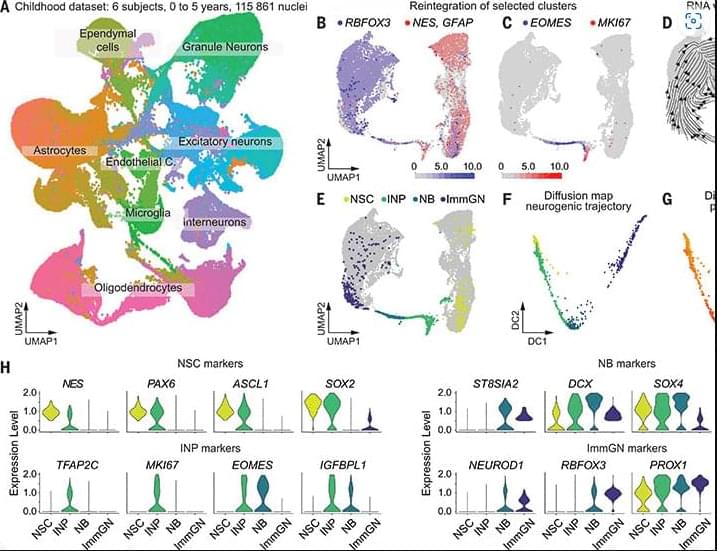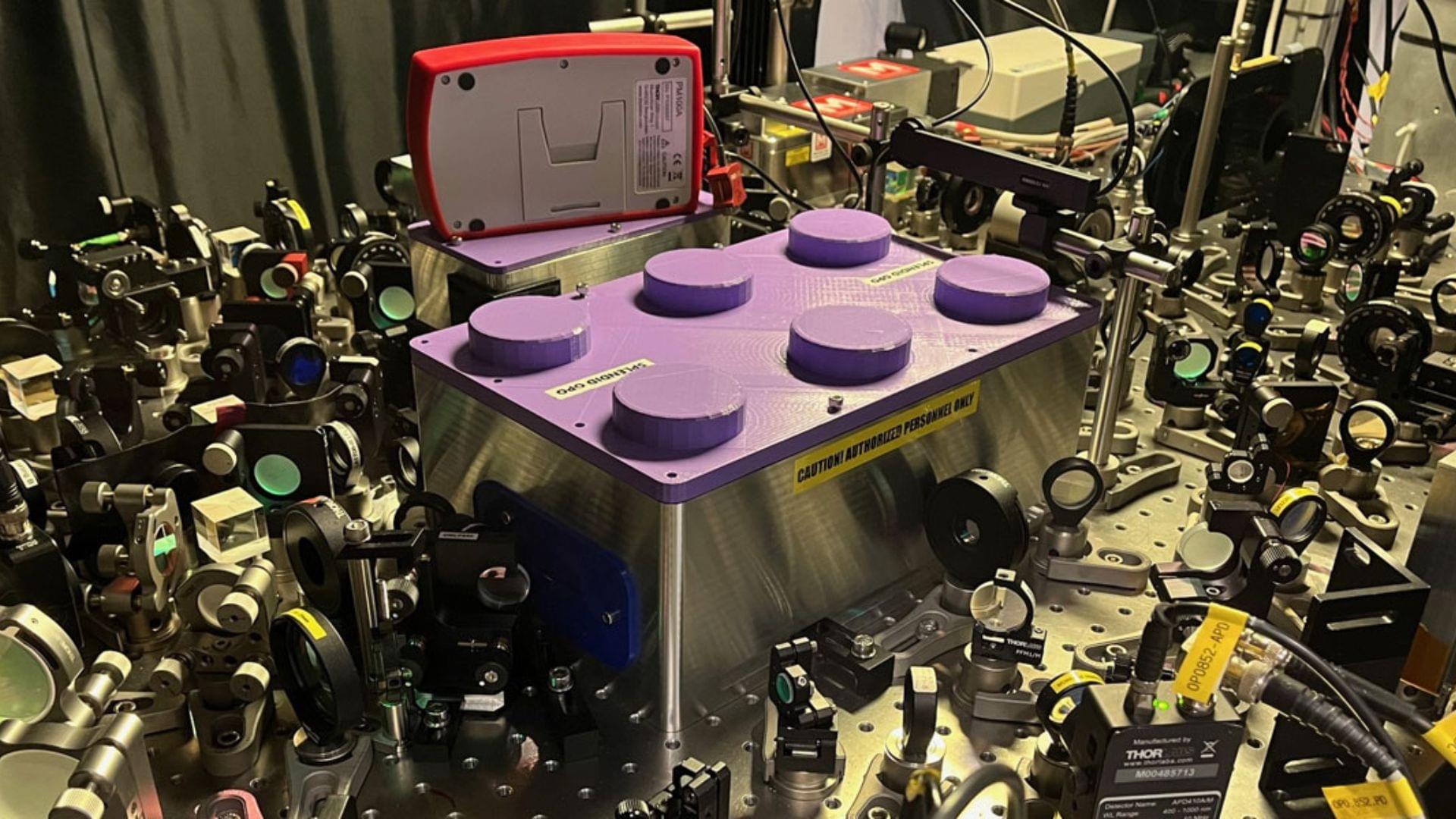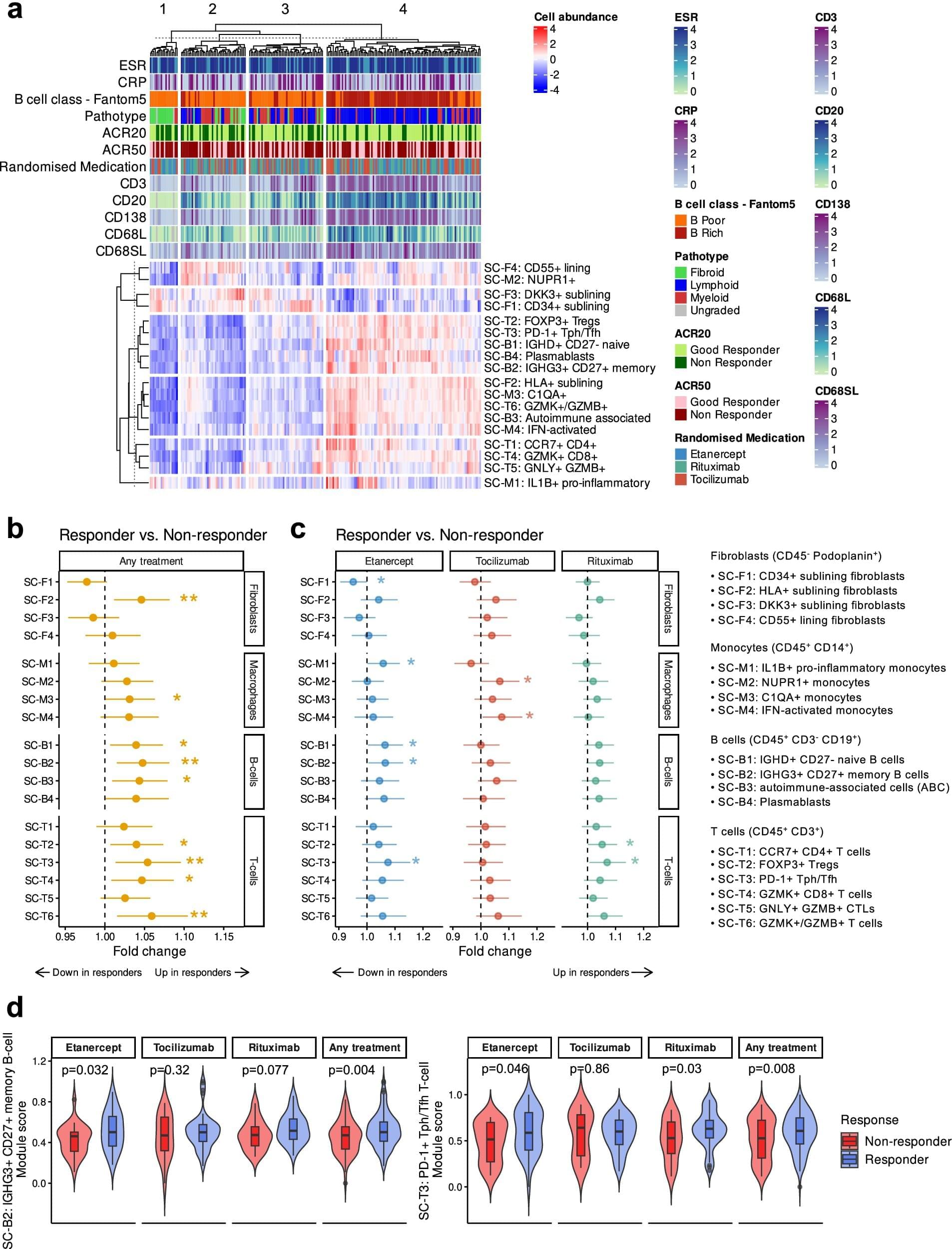Questions to inspire discussion.
🧠 Q: How is Ford trying to shape consumer attitudes towards driving? A: Ford is attempting to convince consumers that driving is an essential life skill rather than a chore, possibly to maintain demand for traditional vehicles.
👨💼 Q: What message is Ford sending about the future of driving? A: Ford’s CEO suggests that everyone should continue to know how to drive, implying that fully autonomous vehicles are not the immediate future.
Regulatory Approach.
📊 Q: How might Ford be influencing regulators regarding autonomous vehicles? A: Ford may be trying to convince regulators that autonomous vehicles are not significantly safer than human drivers to potentially delay or prevent approval.
Technology Development.







